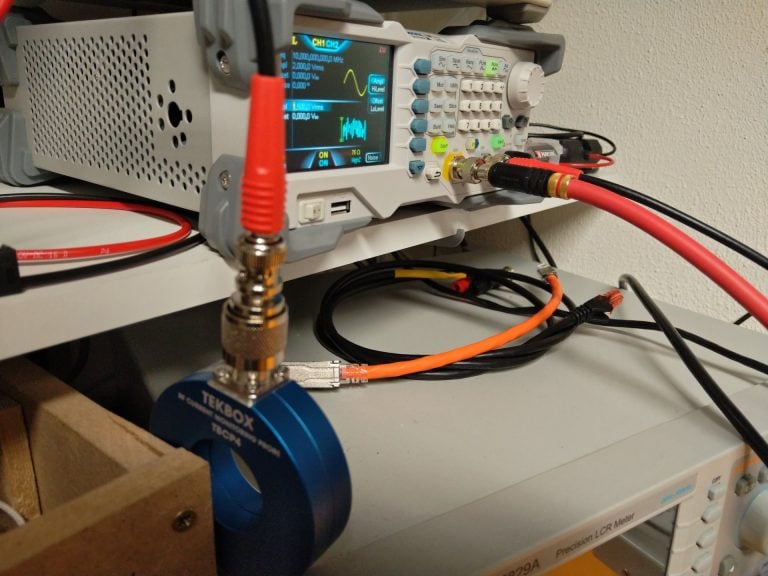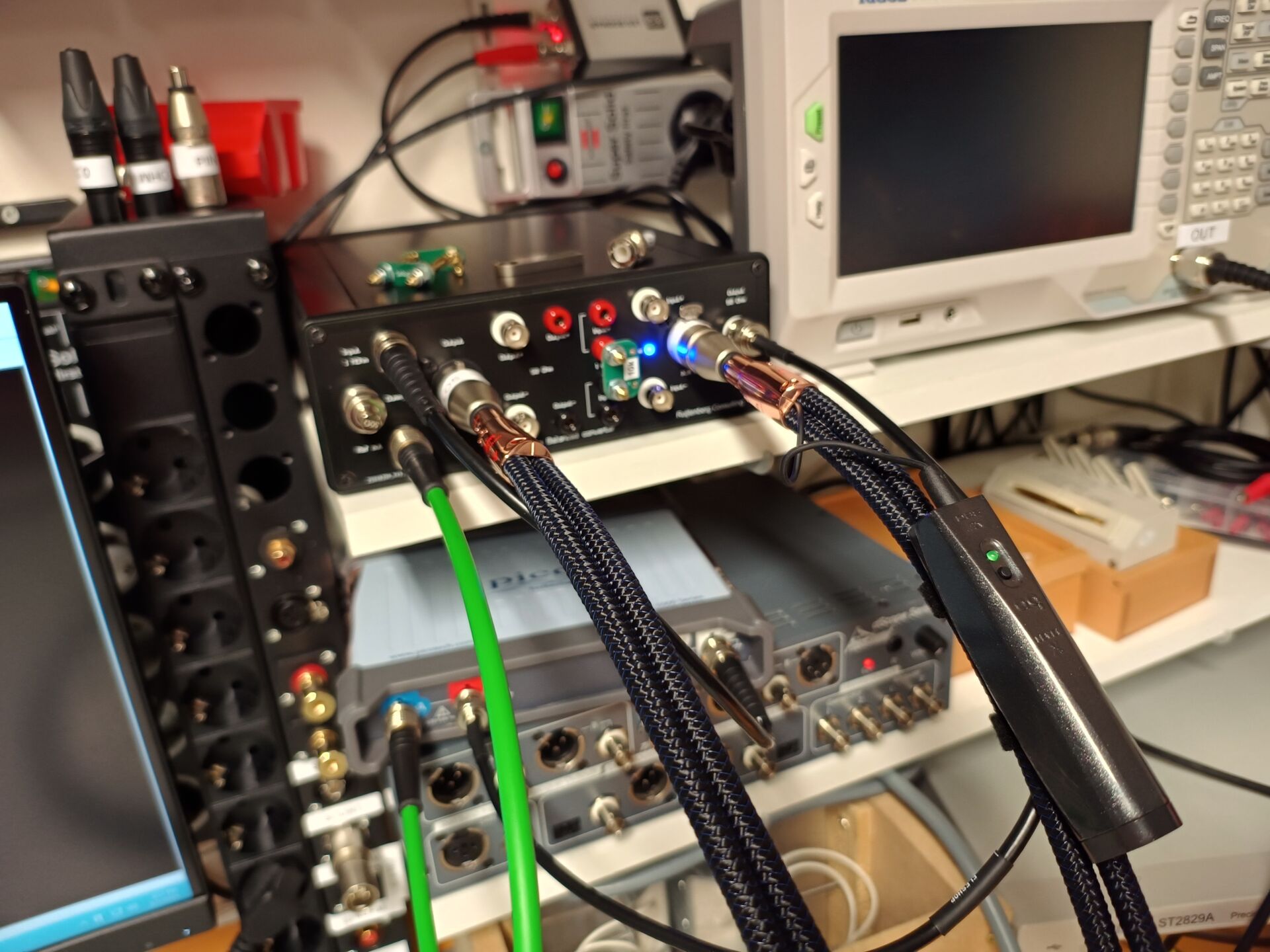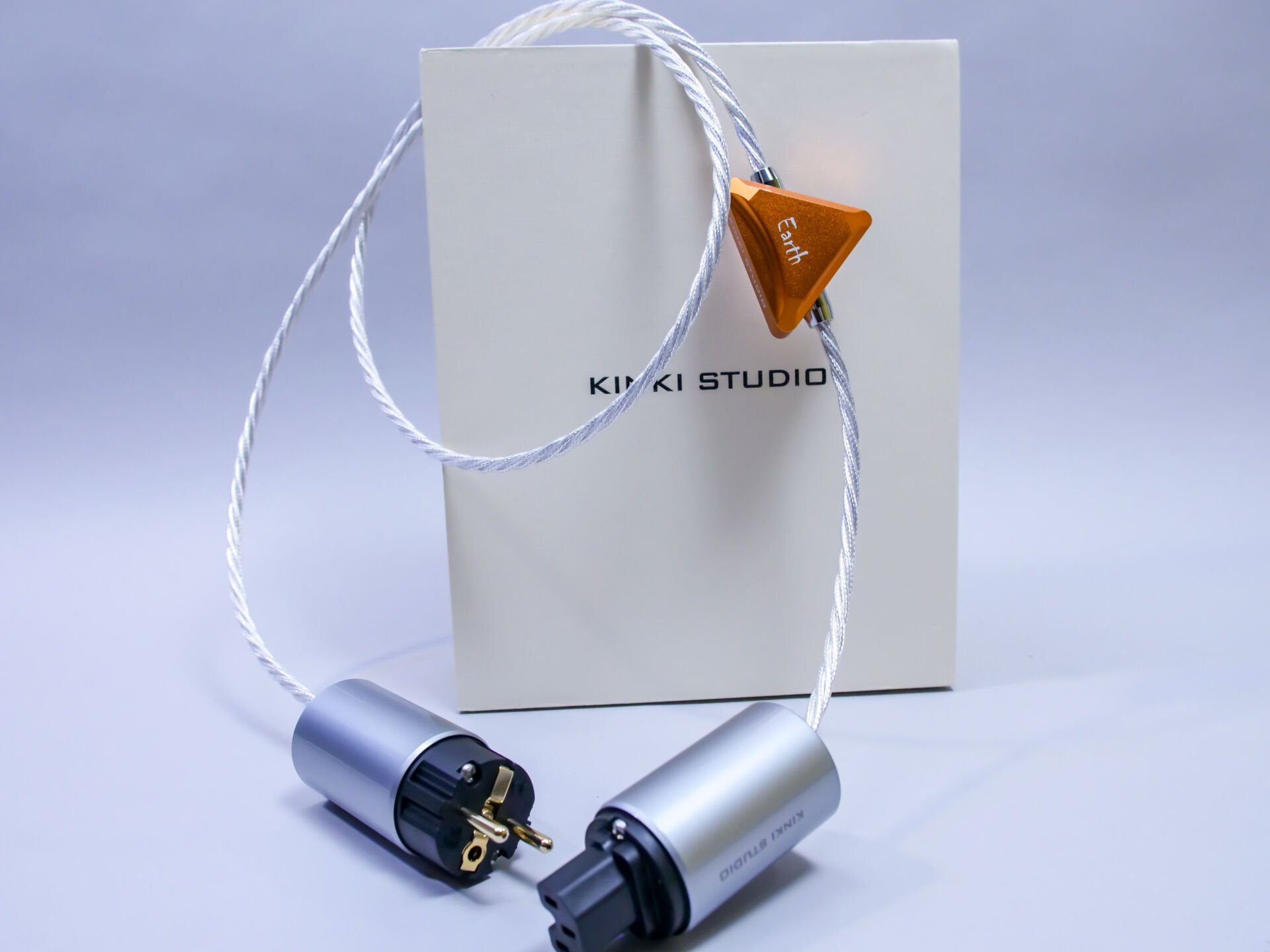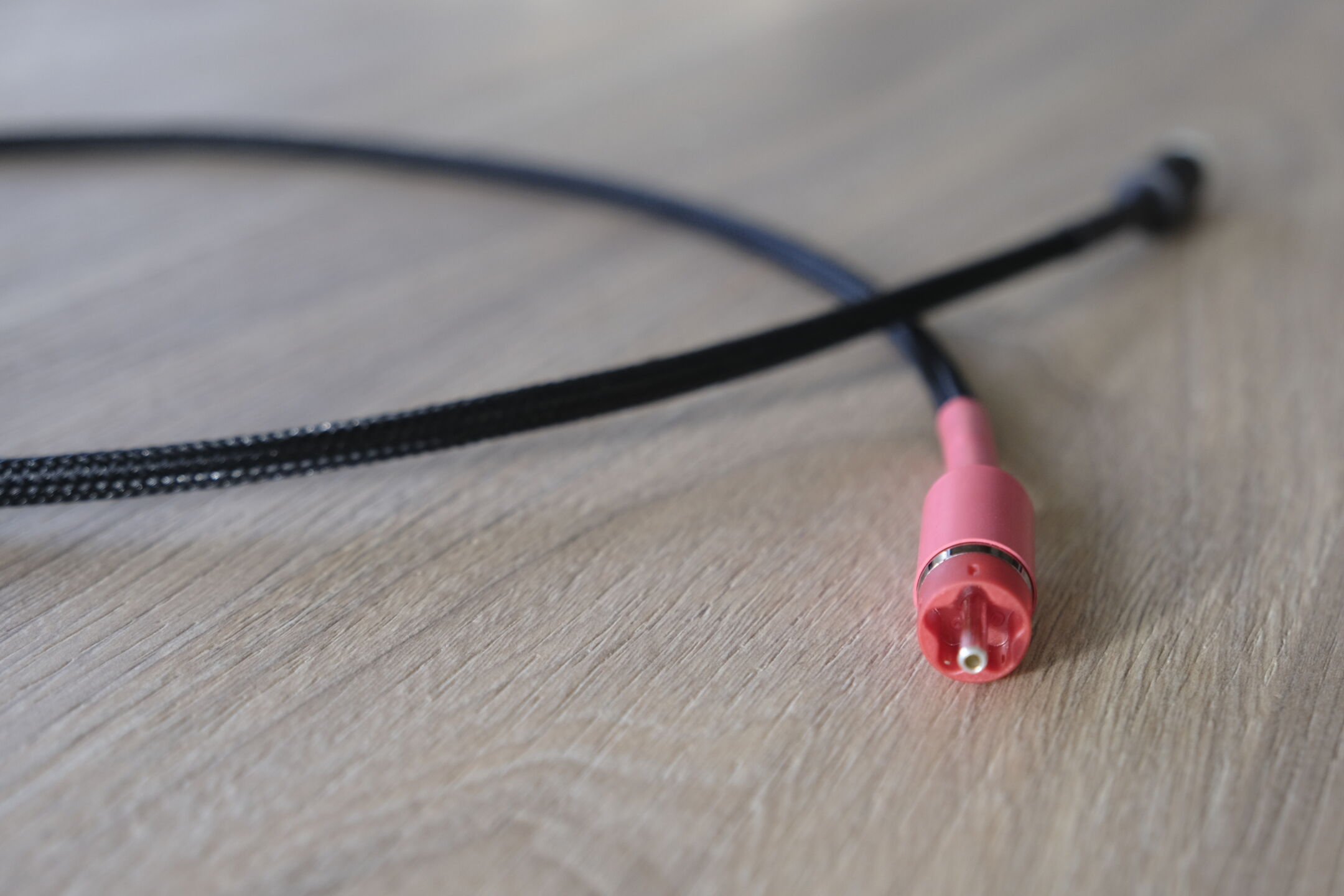

In the first part of our little investigation into the influence of a coaxial cable on jitter, we made some “quick & dirty” measurements. Although that certainly gave insight and showed that there are measurable differences in coaxial interlinks. The Wavecrest showed that jitter can increase with less well-constructed cables. In part two, we want to look a little further. We selected four cables and looked at the cable properties as well as the resistance to emi / rfi.
How exactly we got into this research is a bit of a mystery. Sometimes you have an idea, get some work done and before you know it you’re back at a desk measuring for hours. We have to admint: this is a great hobby!
In this part of the research we started looking at how radiation on a coaxial cable could possibly affect performance. To do this, we “flipped” our Tekbox current probe. Instead of measuring with it, the Rigol function generator now sends 60 MHz of white noise into it and has effectively become a ‘white noise’ generator. Of course, we provide a moderate input: we are talking about mV AC voltage which we measure with a loop on the voltmeter.
We do one measurement on the Wavecrest with and one measurement without this radiation. Purely to see if it affects the jitter. You can see the results below.
Besides a measurement on the Wavecrest, we also made a loop between the Rigol function generator (which has two outputs) and the Rigol Spectrum analyzer. This way we can also see how the shielding of the cable is doing its job. Ideally, nothing is visible.
Next, we are going to see what the cable characteristics of these coaxial interlinks are. To do this, we have connected them to the Sourcetronic LCR. We have put all the data into graphs so you can easily compare them.
Radiation
| Measurement (in picoseconds) | AQ VDM 3 | Art Speak | Hirschmann | Ixos |
| 1-Sigma (ps) | 5.31 | 6.37 | 2.82 | 4.06 |
| 1-Sigma with noise (ps) | 5.49 | (no measurement) | 2.83 | 4.19 |
| Total Jitter (ps) | 74.68 | 90.61 | 38.99 | 56.32 |
| Total Jitter with noise (ps) | 78.0 | 200 (Max) | 39.11 | 58.08 |
This measurement shows three things:
- A short cable is better
- BNC is simply a better connector
- Shielding is crucial for stability in an spdif signal
The short Hirschmann doesn’t actually fluctuate at all between measurements. Every measurement sits at practically the same result. The Audioquest and Ixos are also pretty stable (which we also see on the spectrum analyzer). Surely the Art Speak has issues when we turn on the noise. The Wavecrest can no longer take a measurement.
Spectrum measurement
So shielding is important in a coaxial cable. The Wavecrest shows this when measuring the Art Speak. We see a sharp rise in jitter when we turn on the noise injection. The other cables show much less or nothing, depending on how good the shielding is.
On the spectrum analyzer, with most cables, we see that there is really no difference between with or without noise injection. Now this Rigol is much less sensitive than the Wavecrest, but this will definitely show.
The Art Speak does show a hump exactly where noise was already visible. We checked if the ground and shield were connected: they certainly were.
Cable properties
We see a couple of striking things in these measurements. First, the Hirschmann BNC cable exhibits a practically straight impedance of 0.9 ohms between 20 Hz and 300 kHz. Also, the phase rotation is very limited with a maximum of about 19 degrees at 300 kHz.
The Ixos is also quite low in terms of impedance: 0.65 Ohm maximum approximately. Art Speak is just above that with 0.7 Ohm approximately. Audioquest is about 1.2 Ohm. In terms of phase, we see that the Art Speak is slightly above 70 degrees at 300 kHz. Audioquest sits at 80 degrees and Ixos at 82 degrees approximately. These are fairly normal values for normal interlinks. It is striking how anomalous the BNC cable measures.
The conductivity of the Hirschmann is high at just over 50 Siemens. However, the cable is also shorter, so it is not directly comparable. The Ixos also measures high at around 33 Siemens and is about the same length as the Art Speak which shows around 18 Siemens. Audioquest is around 8 Siemens. This is also due to the length (2 meters compared to 1 meter for the Art Speak and Ixos).
In the capacitance measurement, we see something crazy: the Art Speak suddenly drops. We measured several times and time after time we see this pattern. We don’t know how this can be. The rest of the cables show normal behavior: values between 80 pF (Hirschmann) and 100 pF (Audioquest).
Going to the inductance, we see a fairly normal pattern: values between about 600 uH (AQ) and 150 uH (Hirschmann). Again, the Art Speak drops a bit…. A little is not crazy, but we see a significant drop. We are going to see how this is possible.
Conclusion?
What can we conclude now? Basically two things: a short cable is measurably better. And shielding is crucial for signal stability. About how it sounds we can’t say anything yet: we still have to do the blind listening test. To be continued!
























